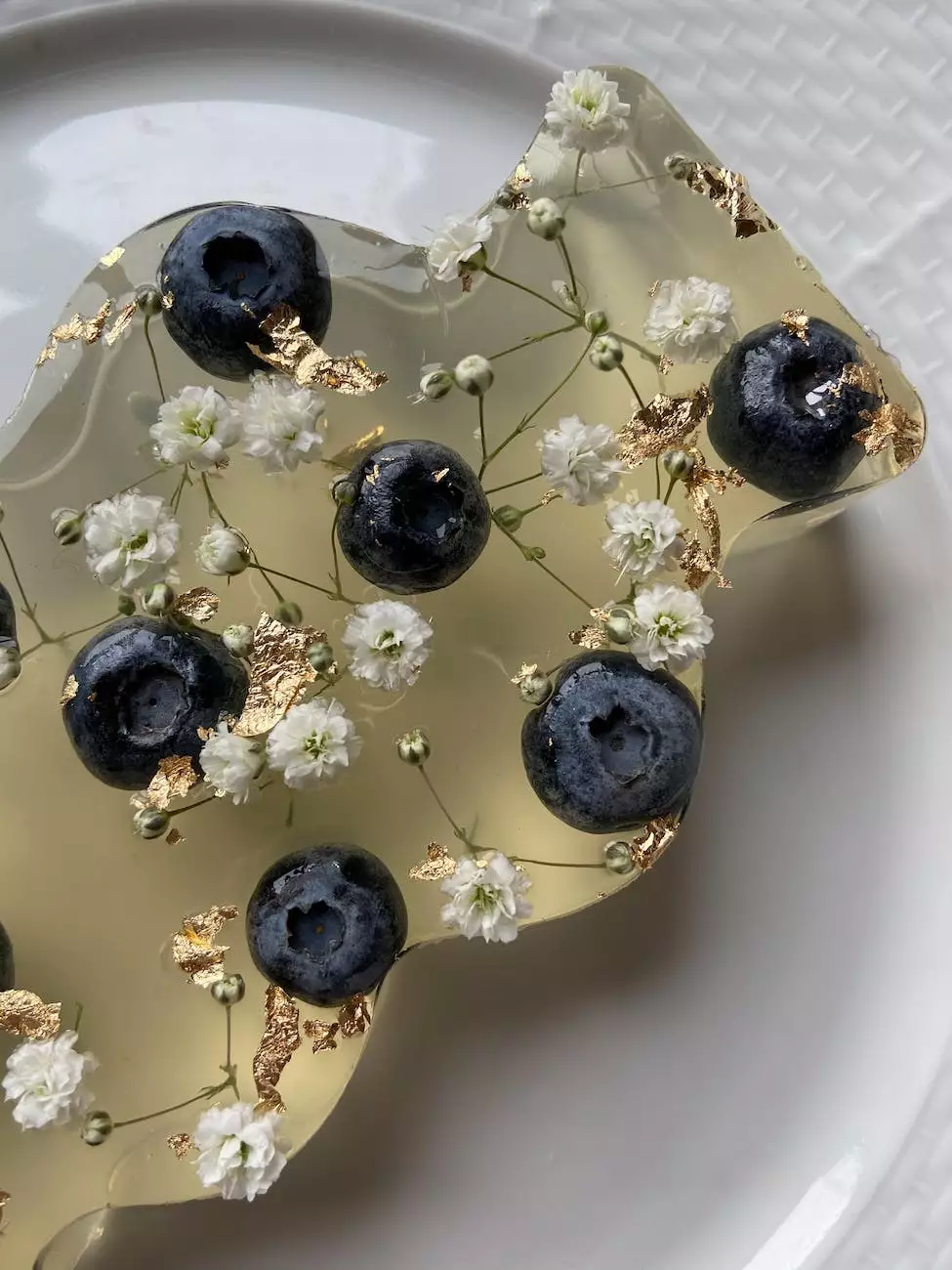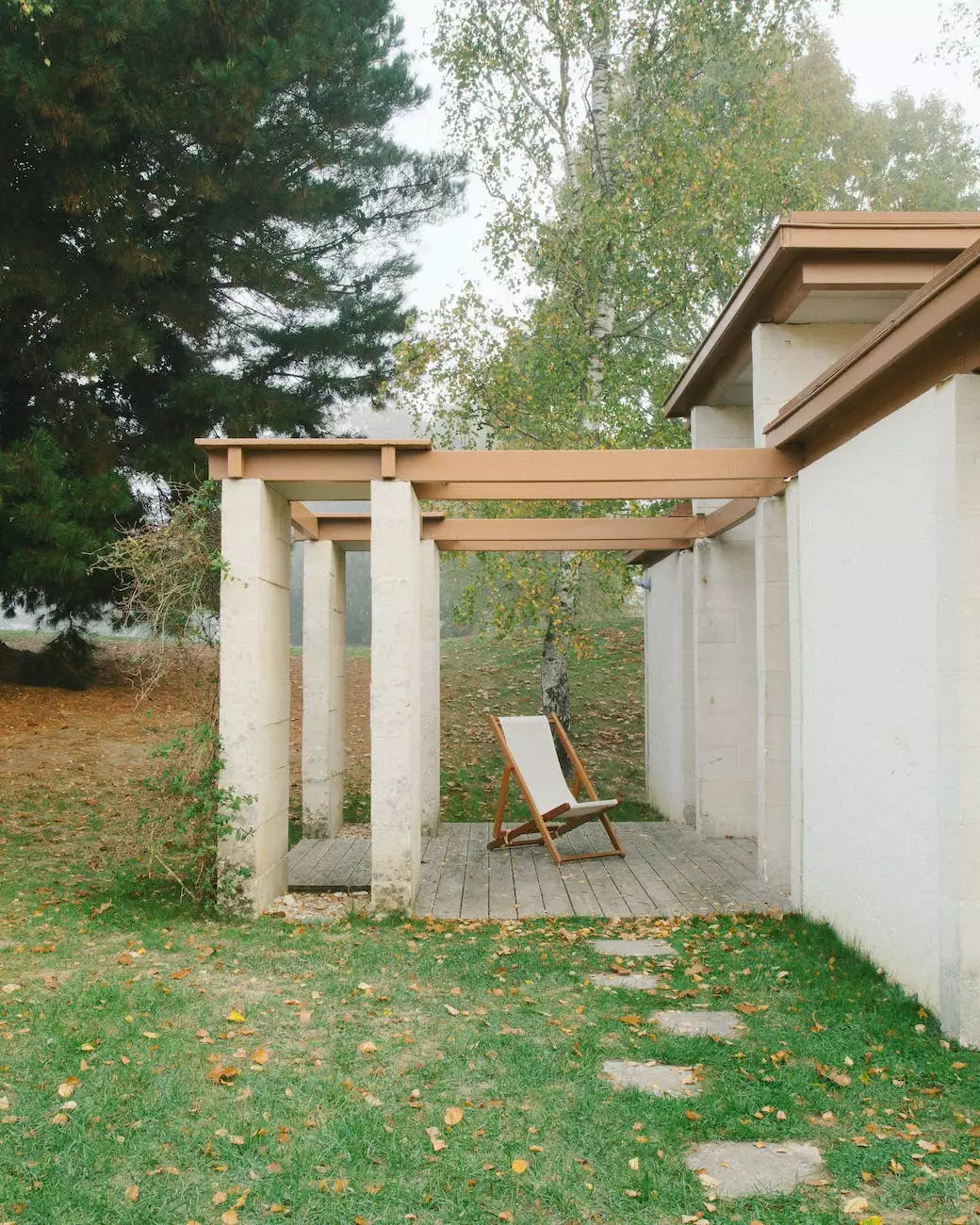Moving Your Tropicals Inside for the Winter the Shock-Free Way

Introduction
Welcome to Cutting Hedge Services, your go-to resource for all things related to landscaping and plant care. As winter approaches, it's important to prepare your tropical plants for the harsh weather conditions. In this guide, we will provide you with valuable tips and techniques to safely move your tropicals indoors without causing stress or shock.
Why Winter Care is Essential
Tropical plants thrive in warm and humid environments, making them extremely sensitive to cold temperatures. When exposed to frost or freezing temperatures, these plants can suffer irreversible damage, leading to stunted growth or even death. By taking proactive measures and providing proper care during the winter months, you can ensure the health and longevity of your treasured tropicals.
Choose the Right Timing
Timing is crucial when it comes to transitioning your tropical plants indoors. As a general rule of thumb, it's recommended to bring them inside before the first frost of the season. Keep a close eye on weather forecasts and plan accordingly. Ensure that your plants have sufficient time to adapt to their new indoor environment before the onset of winter.
Prepare Your Tropicals
Prior to moving your tropical plants indoors, it's essential to prepare them for the transition. Begin by inspecting your plants for any signs of pests or diseases. Treat or isolate affected plants accordingly to prevent the spread of infestations. Next, gently clean the foliage and remove any dead or yellowing leaves. Prune any overgrown branches to maintain the desired shape and size of your plants.
Choose the Right Indoor Location
Find an ideal indoor location that provides your tropical plants with the necessary conditions for their survival. Look for a spot that offers bright but indirect sunlight, as direct sunlight through windows can intensify and harm the plants. Ensure that the temperature remains stable, ideally between 60-75°F (15-24°C), and humidity levels are moderate. Consider using a humidifier or placing a tray of water near the plants to increase humidity.
Provide Proper Watering
During the winter months, tropical plants require less frequent watering compared to the growing season. Check the soil moisture regularly and water only when the top inch of soil feels dry. Overwatering can lead to root rot, so it's essential to maintain a proper balance. Use room temperature water to avoid shocking the plants with cold water.
Control the Indoor Environment
Keep a close eye on the indoor environment to ensure optimal conditions for your tropical plants. Avoid placing them near drafts or heat sources, as rapid temperature fluctuations can cause stress. Monitor the humidity levels and provide occasional misting to replicate the naturally humid environment they thrive in. Additionally, dust the leaves regularly to promote healthier foliage.
Fertilize with Care
While tropical plants generally experience slower growth during the winter months, it's important to continue providing them with essential nutrients. Use a well-balanced, slow-release fertilizer specifically formulated for indoor plants. Follow the instructions on the product packaging and avoid over-fertilizing, as it can lead to fertilizer burn and damage the plant's roots.
Monitor for Pests and Diseases
Even though your tropical plants are indoors, they can still be susceptible to pests and diseases. Regularly inspect the leaves and stems for any signs of infestations, such as webs, holes, or discoloration. Introduce natural pest control methods, like using neem oil or introducing beneficial insects, to eliminate any pests. If necessary, consult with a professional for appropriate treatment options.
Prepare for the Return Outdoors
Once the winter season is over, it's time to prepare your tropical plants for their return outdoors. Gradually acclimate them to outdoor conditions by exposing them to increasing amounts of sunlight and outdoor temperatures. This process, known as hardening off, helps prevent shock and ensures a smooth transition for your plants.
Conclusion
By following these expert tips and techniques, you can confidently move your tropical plants indoors for the winter season. Cutting Hedge Services is dedicated to providing you with comprehensive guidance to help you successfully care for your plants throughout the year. For further assistance or professional landscaping services, feel free to contact Cutting Hedge Services, your trusted partner in maintaining the health and beauty of your tropicals.










